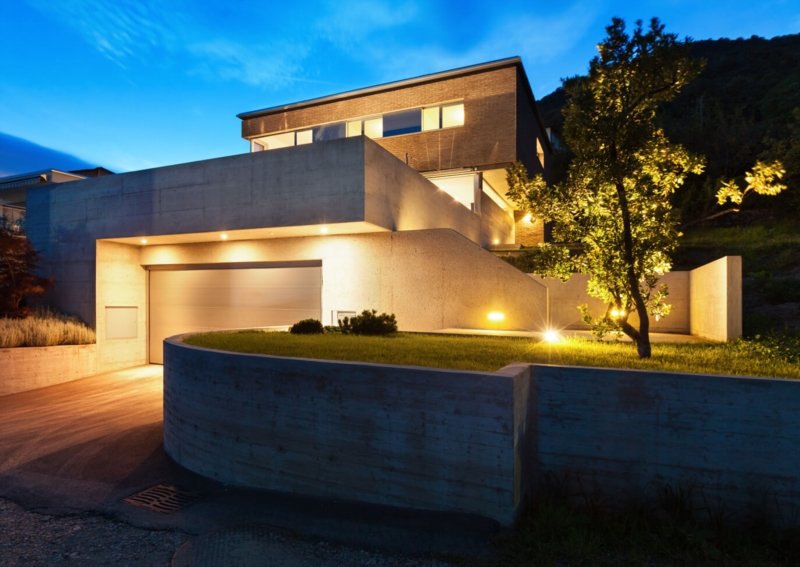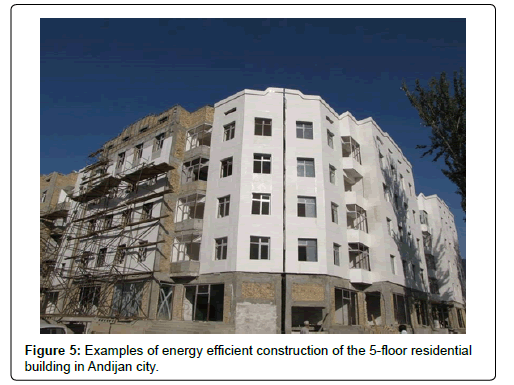What Are The Architectural Elements That Enhance Energy Efficiency?

Introduction
As architects, it is crucial to stay up to date with the latest material innovations that contribute to energy efficiency in buildings. With rising energy costs and a heightened global awareness of environmental responsibility, utilizing these materials can not only reduce energy consumption and expenses, but also contribute to a more sustainable future. This article will detail eight innovative and energy efficient materials that all architects should be aware of.
1. Green concrete
Green concrete is a type of concrete that incorporates recycled materials, such as fly ash and slag, into the mix. This not only reduces waste, but also results in a material with a much lower carbon footprint compared to traditional concrete. It also has high durability and thermal mass, further contributing to energy efficiency in buildings.
2. Vacuum insulation panels
Vacuum insulation panels offer much higher thermal insulation compared to traditional insulation materials such as fiberglass and foam. This is due to their extremely low thermal conductivity, resulting in thinner insulation that takes up less space. They are ideal for retrofitting existing buildings or for buildings with limited space for insulation.
3. Smart glass
Smart glass is a type of glass that can alter its transparency based on the level of sunlight and heat it receives. This means that it can actively adjust to reduce glare and solar heat gain, ultimately reducing the need for air conditioning and artificial lighting. It can also be integrated with building automation systems for easy control.
4. Phase change materials
Phase change materials are substances that can absorb and release large amounts of thermal energy during the process of changing from a solid to a liquid state. This means that they can be utilized for thermal storage in buildings, releasing energy in the form of heat or cooling when required. They are ideal for buildings with high thermal mass and those located in areas with large temperature variations.
5. Green roofs
Green roofs are essentially living roofs that are covered in vegetation. They act as an additional layer of insulation, reducing heat transfer through the roof and ultimately reducing the need for air conditioning. They also help to absorb rainwater and reduce stormwater runoff, contributing to a more sustainable urban environment.
6. High-efficiency lighting
Energy efficient lighting is crucial in reducing the energy consumption of buildings. LED or CFL lighting provides much higher energy efficiency compared to traditional incandescent bulbs, resulting in lower energy bills and reduced environmental impact. In addition to their energy efficiency, they also last much longer, reducing maintenance costs.
7. Recycled insulation materials
Recycled insulation materials are created from recycled materials such as denim, wool, or cellulose. Not only do they contribute to energy efficiency, but they also reduce waste and the environmental impact of traditional insulation materials. They are ideal for those seeking a more sustainable building option.
8. Permeable pavement
Permeable pavement is a type of paving material that allows rainwater to trickle through the surface and be absorbed by the ground below. This helps to reduce stormwater runoff and ultimately reduce the load on urban drainage systems. It also contributes to a more sustainable urban environment by allowing natural water filtration and recharging of groundwater systems.
Frequently Asked Questions
What is the main benefit of utilizing energy efficient materials?
The main benefit of utilizing energy efficient materials is the reduction of energy consumption and expenses as well as a contribution to a more sustainable future.
What is the most energy efficient lighting option?
LED or CFL lighting provides much higher energy efficiency compared to traditional incandescent bulbs, resulting in lower energy bills and reduced environmental impact.
What is permeable pavement?
Permeable pavement is a type of paving material that allows rainwater to trickle through the surface and be absorbed by the ground below, reducing stormwater runoff and runoff load on urban drainage systems.
What are vacuum insulation panels?
Vacuum insulation panels offer much higher thermal insulation compared to traditional insulation materials such as fiberglass and foam due to their extremely low thermal conductivity.
What are phase change materials?
Phase change materials are substances that can absorb and release large amounts of thermal energy during the process of changing from a solid to a liquid state, used for thermal storage in buildings.
What is green concrete?
Green concrete is a type of concrete that incorporates recycled materials, such as fly ash and slag, into the mix to reduce waste and carbon footprint compared to traditional concrete.
What are green roofs?
Green roofs are a type of living roof covered in vegetation that acts as an additional layer of insulation, supports rainwater absorption, and reduces the need for air-conditioning.
What are smart glass windows?
Smart glass is a type of glass that can alter its transparency based on the level of sunlight and heat it receives, reducing glare and solar heat gain to lower the need for artificial lighting or air conditioning in buildings.
What are some benefits of recycled insulation materials?
Recycled insulation material provides the benefit of being very energy efficient while also being created from recycled materials, thus reducing waste and lessening the environmental impact of traditional insulation materials.
Conclusion
As architects, it is important to be knowledgeable about the latest materials available for building designs that optimize energy efficiency, sustainability, and environmental responsibility. Green concrete, vacuum insulation panels, smart glass, phase change materials, green roofs, high-efficiency lighting, recycled insulation materials, and permeable pavement are all materials that should be considered for their energy-saving benefits. With the use of these materials, buildings can lessen their energy usage and expenses, reduce waste, and contribute to a more sustainable future.



Post a Comment for "What Are The Architectural Elements That Enhance Energy Efficiency?"